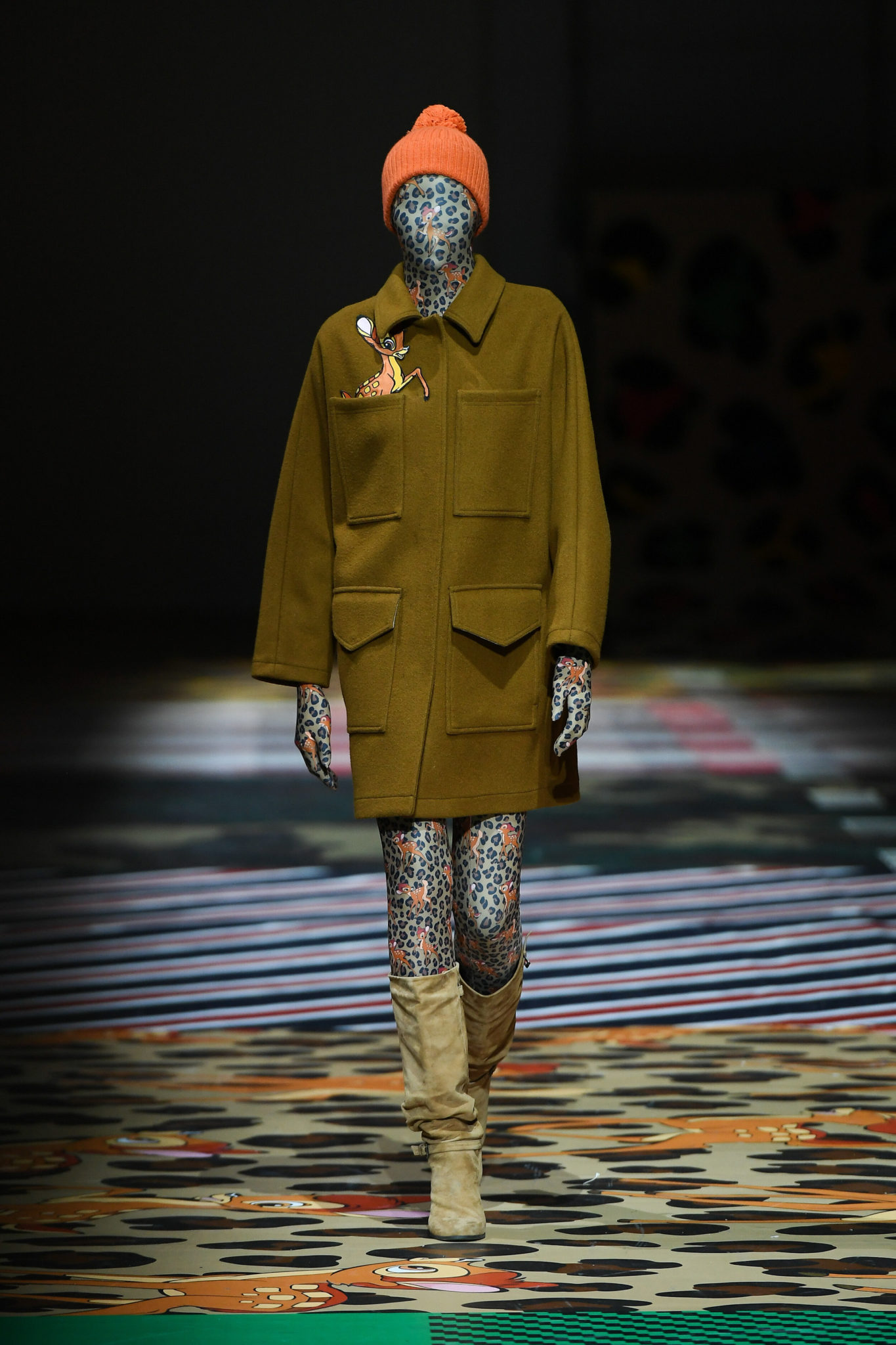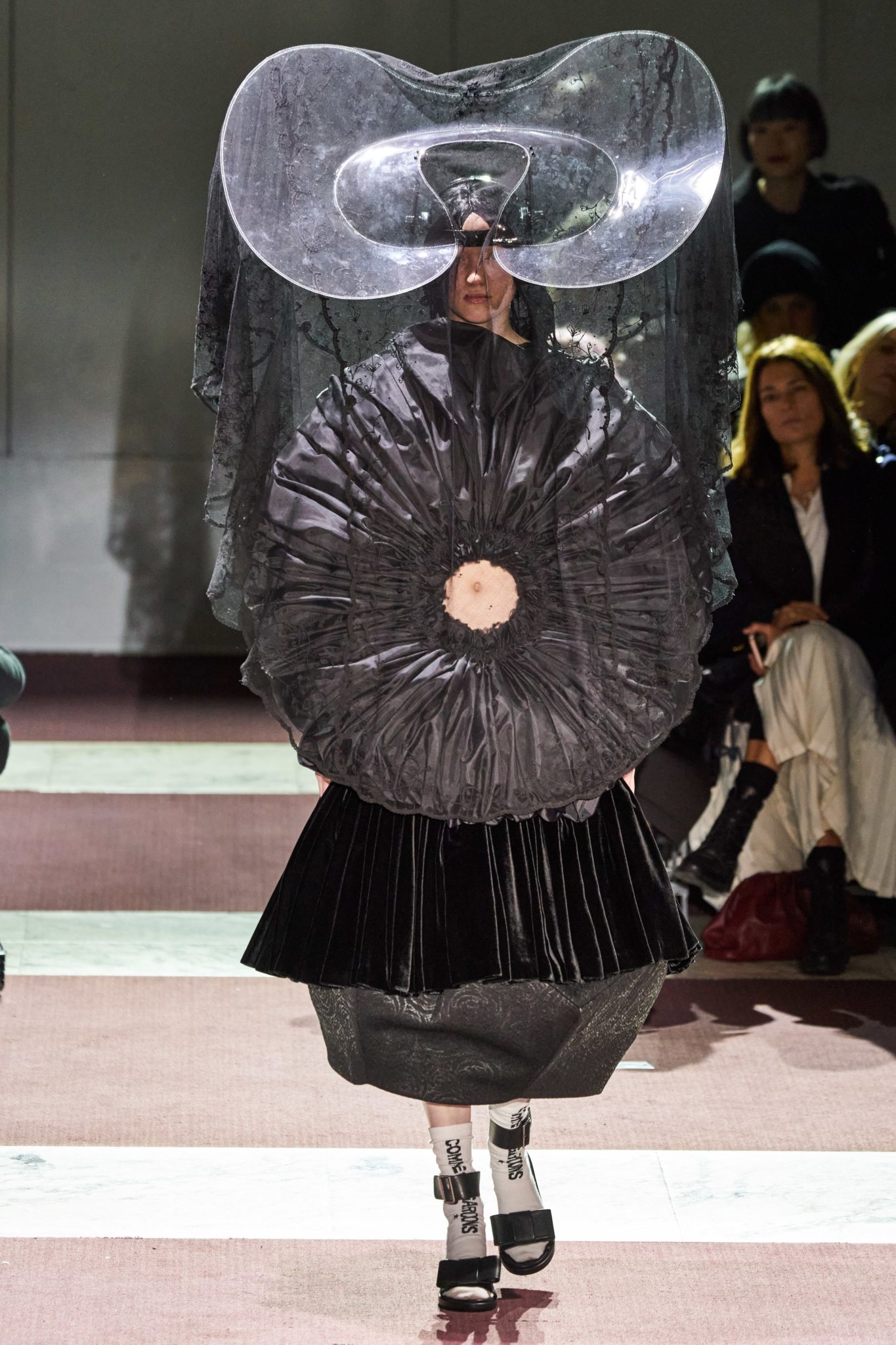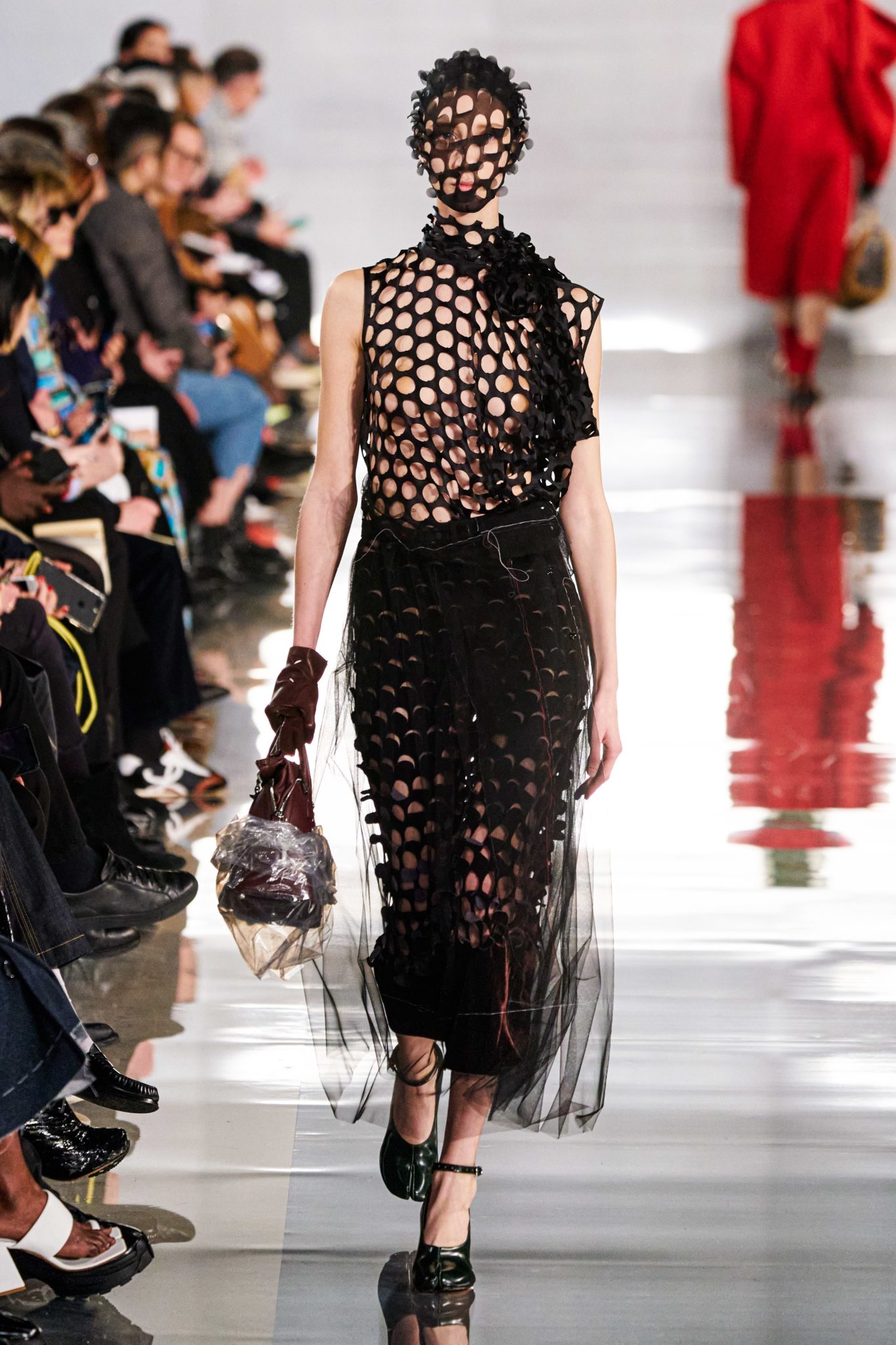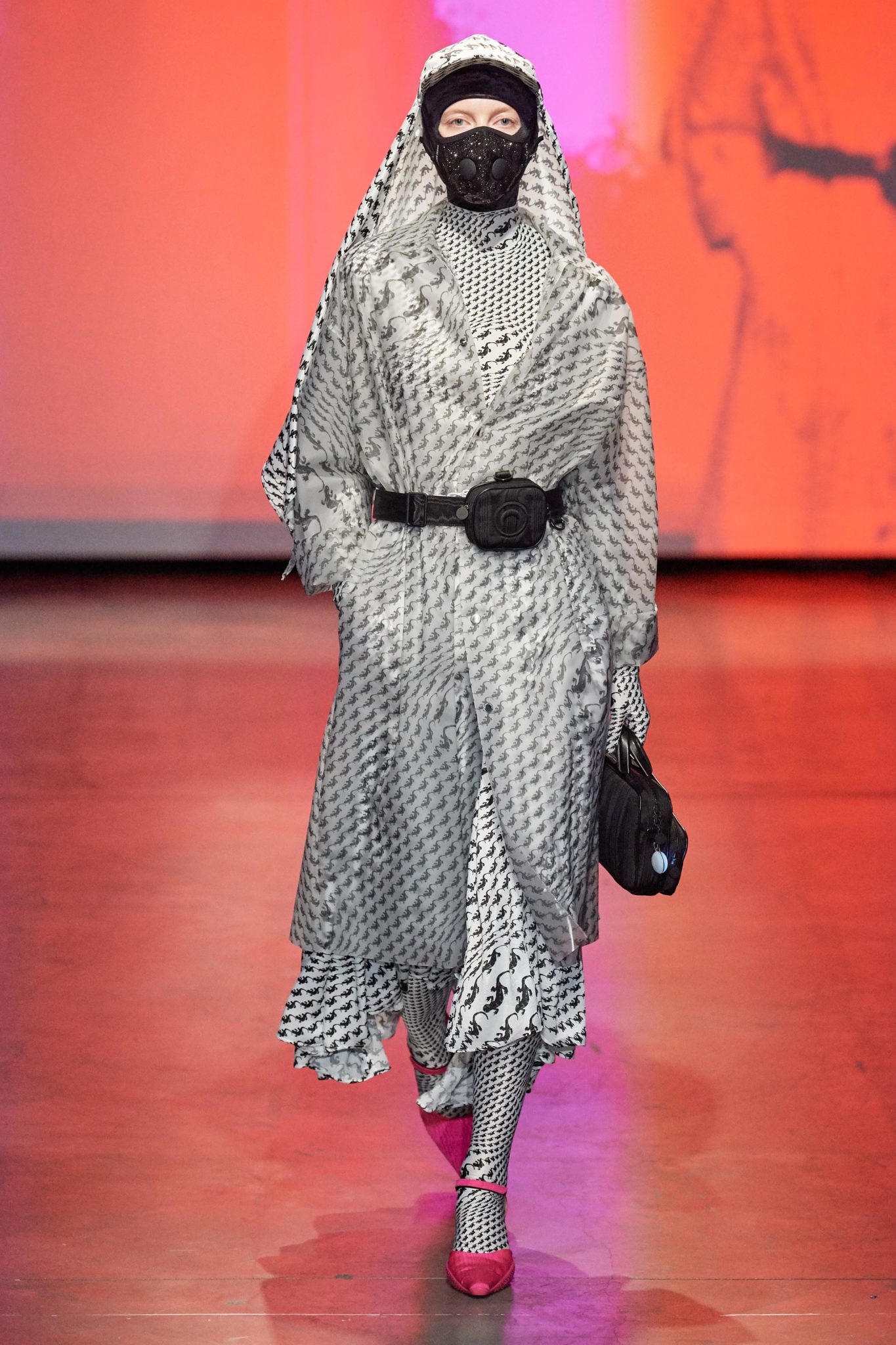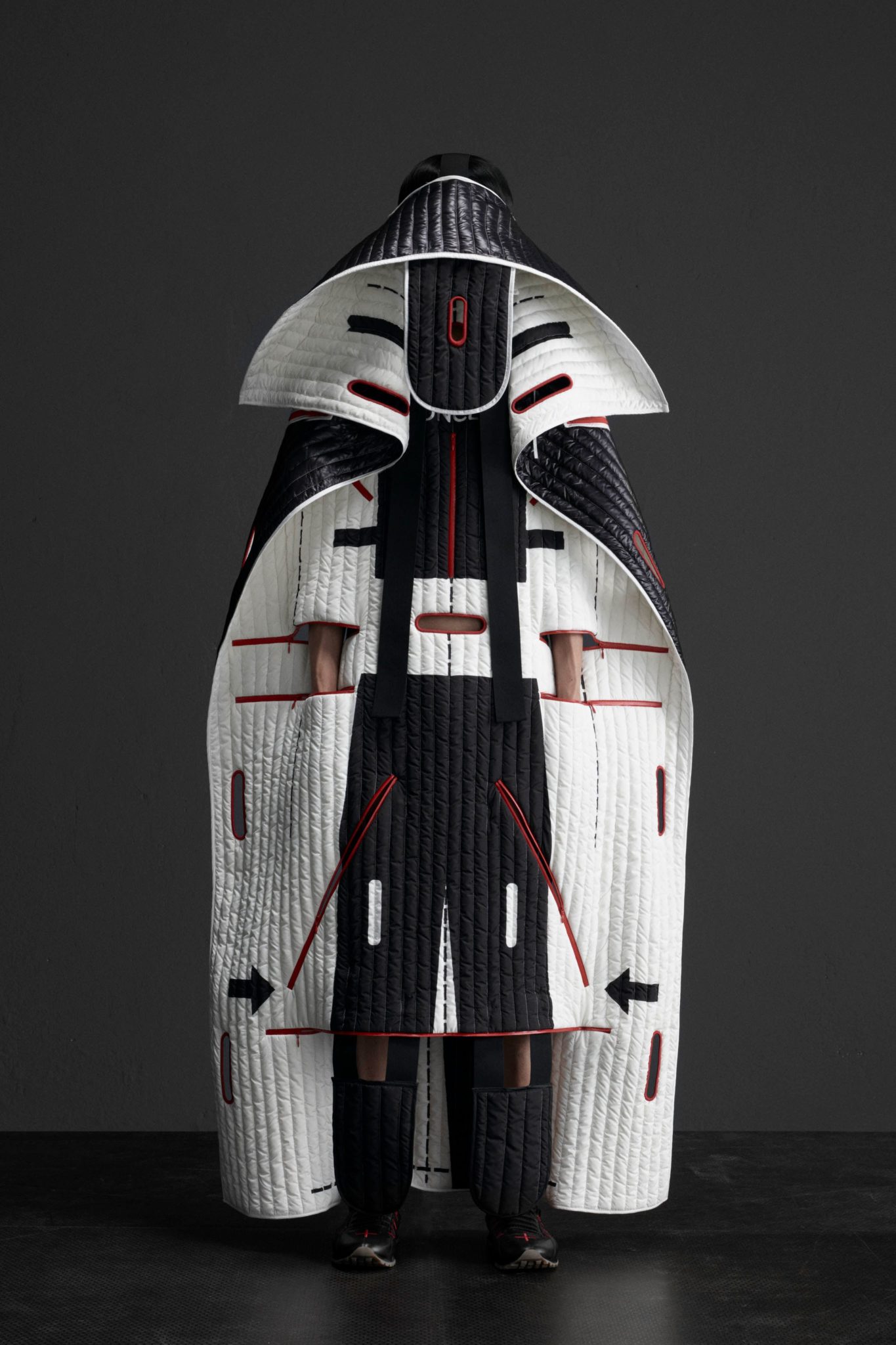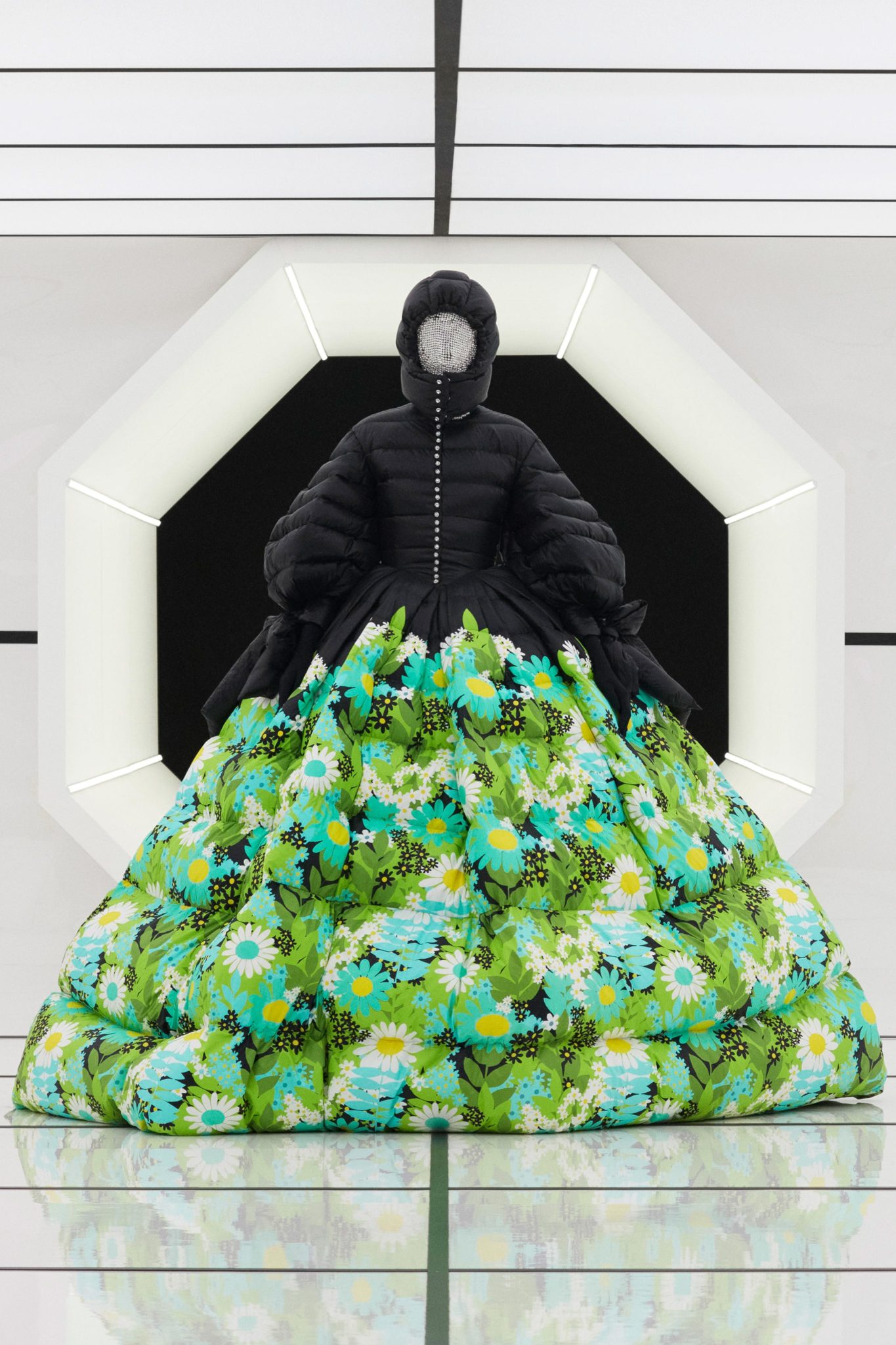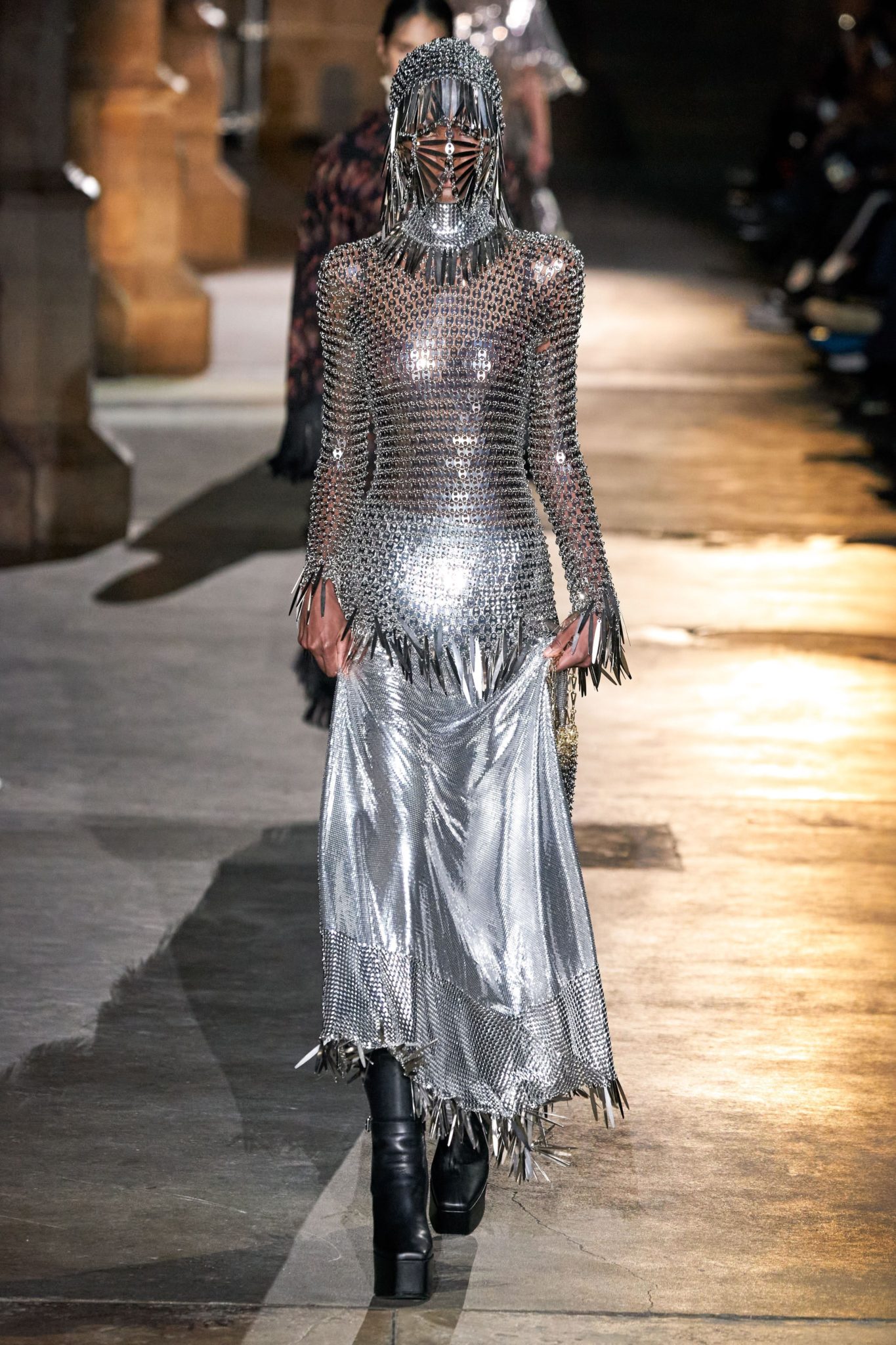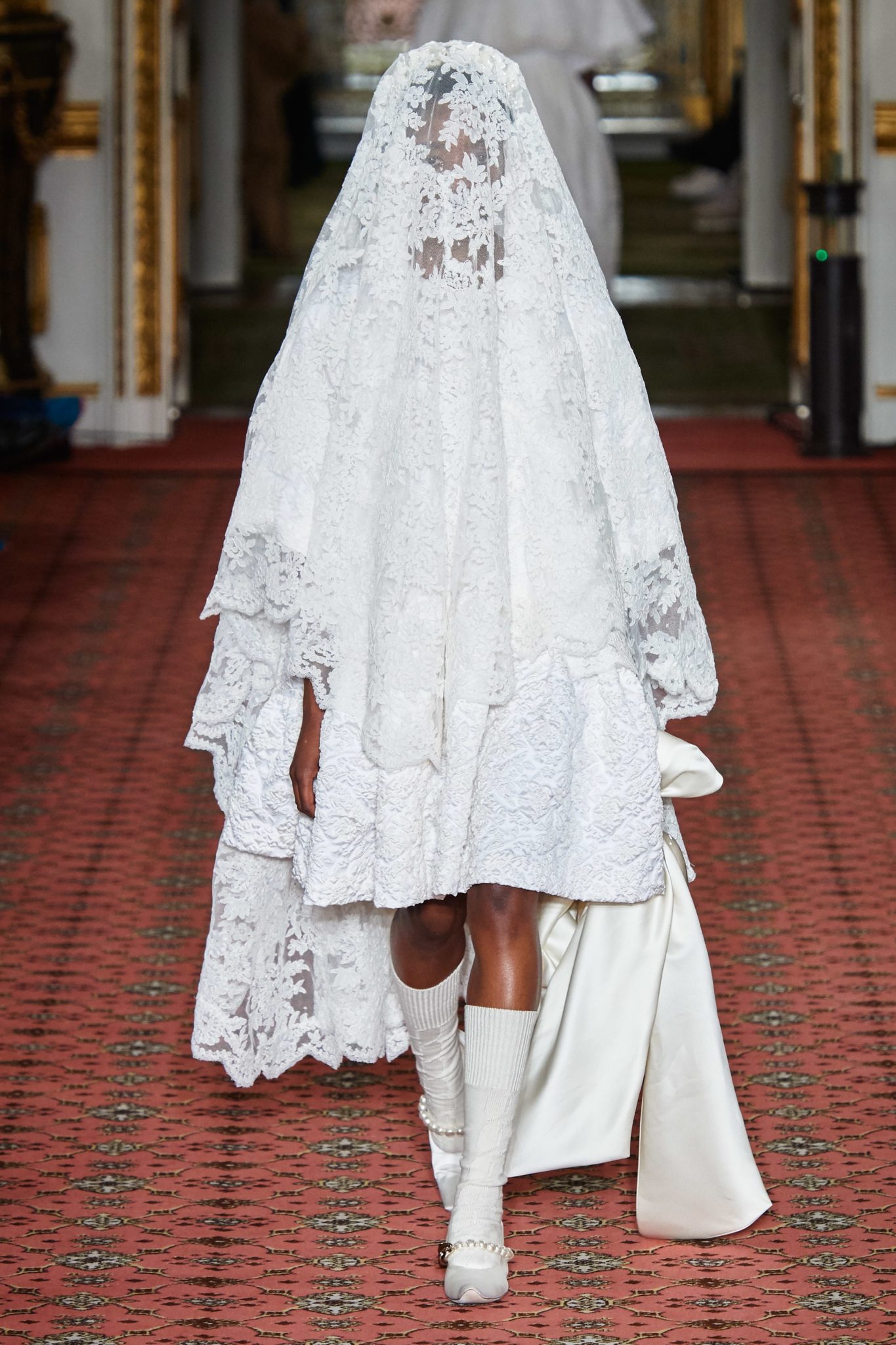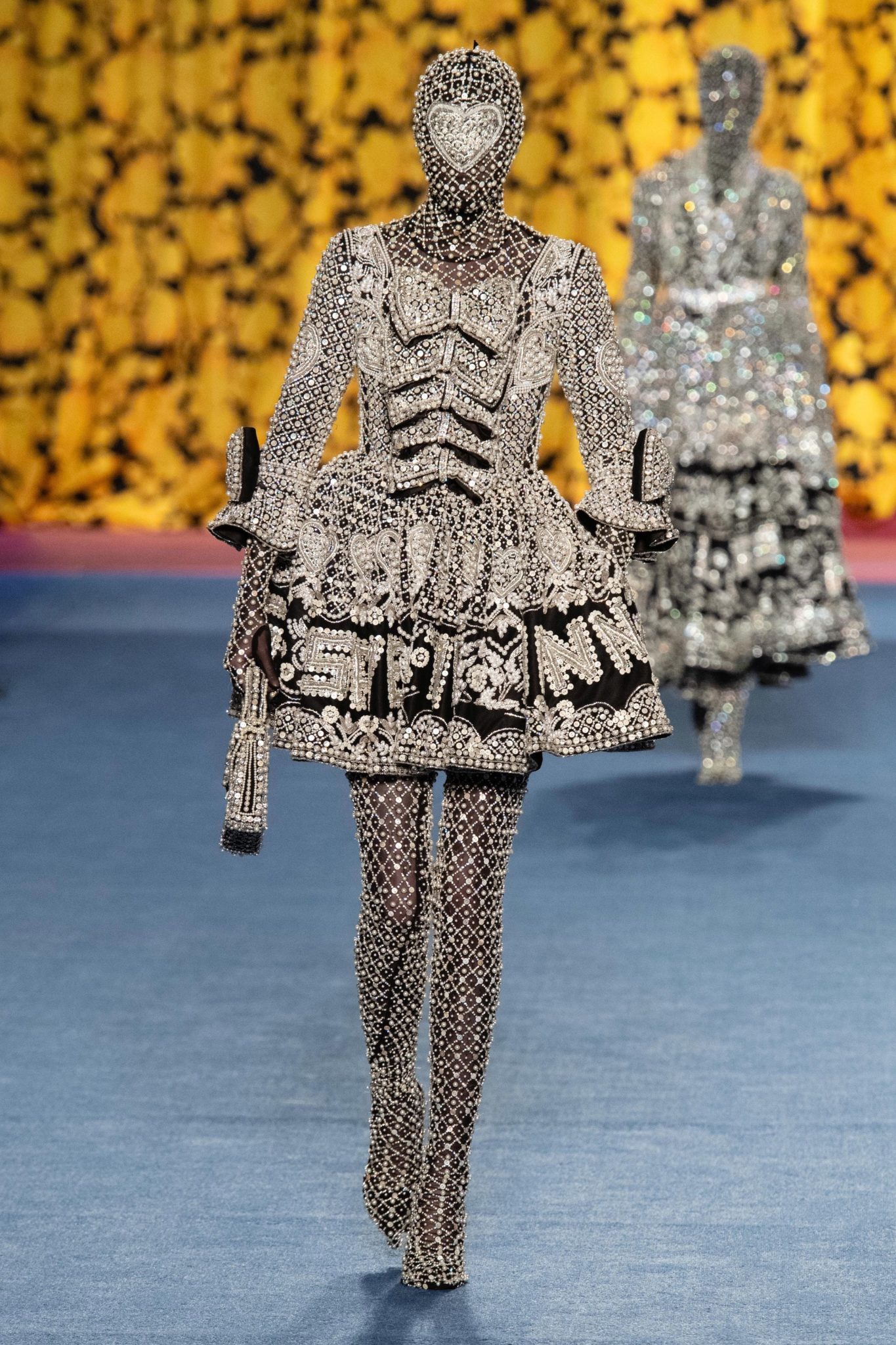FULL COVERAGE: COVID-19’s effects on the fashion industry
As written by V Magazine’s Contributing Fashion Director, Gro Curtis.
For the outsider, the fashion world—with its many mysteries and rituals—is often a universe completely disconnected from reality, but when you take a closer look, you will realize that fashion designers are walking prophets of the times we live in. Trends are not only dependent on the whims of the designer, but also symbolize his own reflection upon the world. Very often, designers show in their collections what the mainstream society only whispers but does not dare say aloud. In an ocean of mediocracy that often submerges fashion, some voices are lost, their echo bravely once the tide comes. The creative mind is sometimes the strongest mirror of society.
Covid-19, or coronavirus, is changing our lives on a daily basis and breaking all the boundaries of something that—until a few weeks ago— was easily defined as the freedom to which we are entitled. The fashion world is a particularly endangered species in this zoo of madness that looks more like an apocalyptic movie from the ‘90s than our idea of what 2020 should be. It is therefore interesting to look at the collections of individual designers who have already started presenting their visions in the first week of February. “Vision” is the keyword here, because how else to explain some of the looks we see now from a completely new perspective.
For us fashion nerds, hiding faces on the catwalk is not a revolutionary novelty. It is worth remembering the most controversial collection of Hussein Chalayan, “Burke” from 1997, when he used elements of traditional clothing worn by Islamic women. Chalayan raised the dust with a collection that criticized Islam’s attitude towards the woman’s body. Years before him, hiding the face of a model became a trademark of the collections of the ingenious Martin Margiela. Margiela hid the faces of the models in order to give them the gift of anonymity in an era ruled by supermodels and direct the view of the audience solely to the outfit.
In recent decades, there have been a number of examples where hiding the face and body in fashion has been a protest of cultural, sociological or political significance. But the collections for next fall/winter shown in February had no abstract meaning conveyed by designers concealing faces. What used to be defined as apocalyptic or exclusively avant-garde fashion these days is turning into a practical fashion that satisfies the conditions in which we discover the world we live in.
In the 1970s, the legendary Yves Saint Laurent “Le Smoking” was enough for women to feel empowered, but today fashion offers women and men with specific armor as means of protection against the invisible killer. In this dark age of coronavirus rule, a whole host of designers offer clever solutions. From simple but effective Marine Serre futurism masks to Rei Kawakubo’s installations for Comme des Garcons, everyone can find their own protection. For the eternal romantics, there is Simone Rocha with white veils, the fashion victims can go for Julian Dossena’s epic armor for Paco Rabanne.
Craig Green for Moncler offers you armor resembling a high-tech tent while Richard Quinn for Moncler and his own line became the king of chic camouflage. In terms of street fashion, he is followed by Jean Charles de Castelbajac for Benetton. There are many other fashion designers who understand the idea of armor just as we all should take it today—seriously but with some major attitude. Covid-19 can take over our body but not our spirit and eagerness to persevere. And even though the majority of us working in a creative industry are sensitive souls by every account that does not mean we will surrender without a dramatic fight…Preferably dressed in Craig Green for Moncler and Alexander McQueen silver flask in our pocket. Bien sur.
